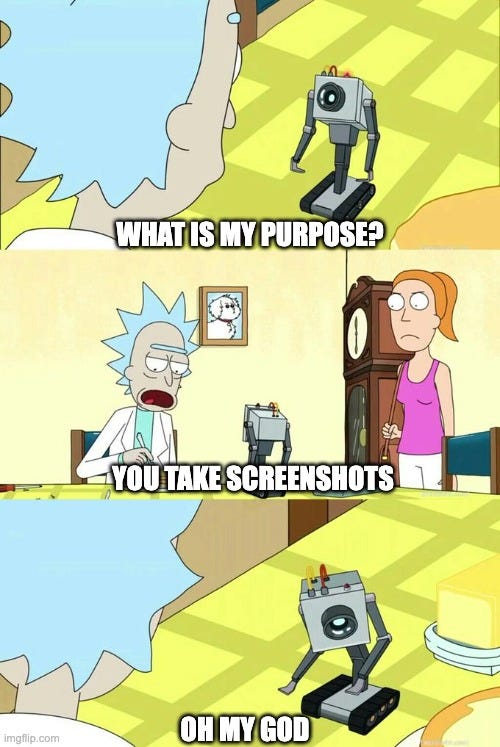The art of the Substack
60,000 subscribers later, here's a tour of the factory floor

Can you guess on which platform, and by which author, works with these titles appeared?
“On the Education of Children.”
“How the Young Man Should Study Poetry.”
“How to Tell a Flatterer from a Friend.”
“Which Is More Intelligent: Land or Sea Animals?”
If some of these have an archaic ring, it’s because they’re 2,000 years old. The author was Plutarch, the Greek (and Roman) philosopher and historian, and clearly also an essayist well-practiced in clickbait. His writing was supported by noble patrons, and his official platform was volumina—papyrus scrolls distributed to the elites, hand-copied, but widely available in libraries too; instances have been found as far away as Egypt. Many were designed to be read aloud, for oral and textual cultures had not yet split, and essays were often debuted at public readings.
He was good at his trade. For which are more intelligent, land or sea animals? I’m already invested—tell me more, Plutarch!
My point is that, in one sense, this form is as old as dirt. Yet, in another sense, newsletters are quite new. Or better to say, Substacks are new. For recently the term “Substack” has eclipsed “newsletter” itself; much like Kleenex, the brand is now the thing itself.
Ironically, this chart comes from a recent article in Bloomberg calling for a political crackdown on Substack itself. Every year, this same call happens. Yet each rings more hollow than the last, since Substack now ranges from cooking blogs to neuroscience explainers to micro-fiction. Criticism of Substack is rebutted by the success of Substack itself. Paul Krugman left The New York Times last December and has been posting his content here since. The prophecy is complete. Therefore, the complaining-about-Substack-being-evil genre of article in an “official” outlet feels like just… yet another article. Which could have been on Substack.
Admittedly, I’m biased, but in my mind this is firmly a good thing. What still excites me about Substacks is how much more experimental and personalized they can be than traditional outlets.
Of course, like all art forms, there are also messy practicalities and limitations. Sometimes, writing a Substack feels like this:
But at the best of times, writing a Substack feels pretty amazing. Their unfolding diachronic nature makes them fundamentally different from a stand-alone essay. To write one, you must imagine you are weaving together a rope, one strand at a time, and saying to the gathering crowd—“See? Do you see?”
So here is how a newsletter, ahem—a Substack—like The Intrinsic Perspective actually gets made. What follows is a tour, in other words, of the factory floor, a space littered with bits and bobs and moving machinery.
Watch your hands.



